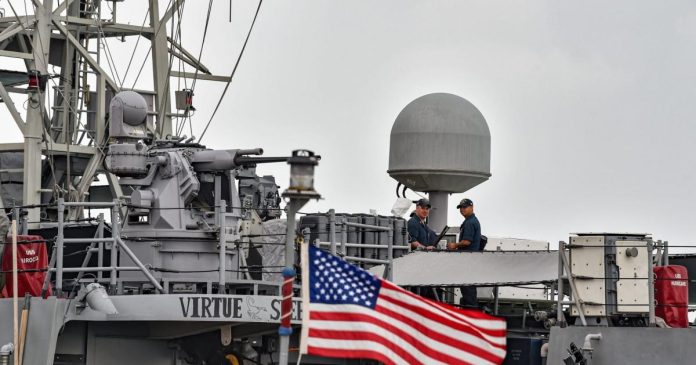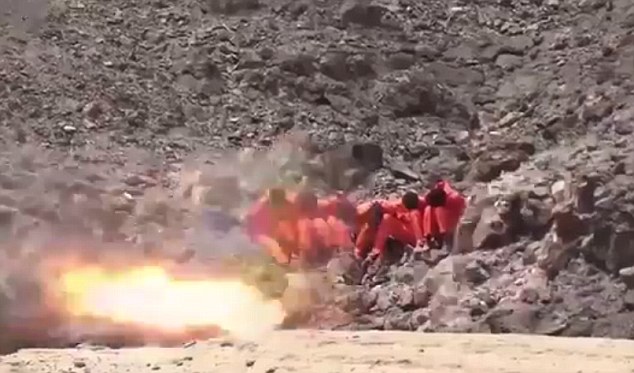Brad Cooper, Deputy Commander of the US Central Command, acknowledged the difficulties faced by the US Navy during the battles with the Yemeni armed forces during the Gaza support battle.
He confirmed that “(the Houthis) carried out more than 140 attacks on commercial ships and 170 attacks on naval ships during the 15 months of their campaign in the Red Sea and the Gulf of Aden.”
He added: “In one of the (Houthi) attacks on US Navy ships, the crew of the destroyer (Stockdale) was forced to use a five-inch gun, after a late detection of a drone approaching the destroyer, in a dramatic moment.”
He continued: “When the US warships were crossing the Bab al-Mandab Strait, heading from the Red Sea to the Gulf of Aden, I was saying that we were about to enter into a battle, and everyone on the crew knew that.Then came the first missile, then the second, then the third, then the fourth.”
He stressed that “the (Houthi) attack on the US warships heading from the Red Sea to the Gulf of Aden was complex, sophisticated and coordinated.” Explaining that “the first missile was veering off course, so the crew left it, but the other missiles were a problem, and the destroyer fired an SM-6 missile at one of the missiles.”
He indicated that “when you think about it, it’s a bullet hitting another bullet, the relative speed is about 5,000 miles per hour.”
He pointed out that “the engagement environment was close, and the missile fragments caused the launch of a (Sea Sparrow) missile, and more American missiles were launched to deal with the additional missiles launched from Yemen.”
He pointed out that “after about 11 minutes, a new Yemeni anti-ship cruise missile was detected, and aircraft from the carrier (Lincoln) moved to deal with it.”
He explained that “an hour and a half later, F-16 aircraft were directed to deal with a new attack with a ground attack missile, and drones were part of the attack.”
He confirmed that “two destroyers protected the aircraft carrier (Abraham Lincoln) while its aircraft were carrying out an attack in Yemen, and after that, drones came from Yemen flying at a low altitude.”






















